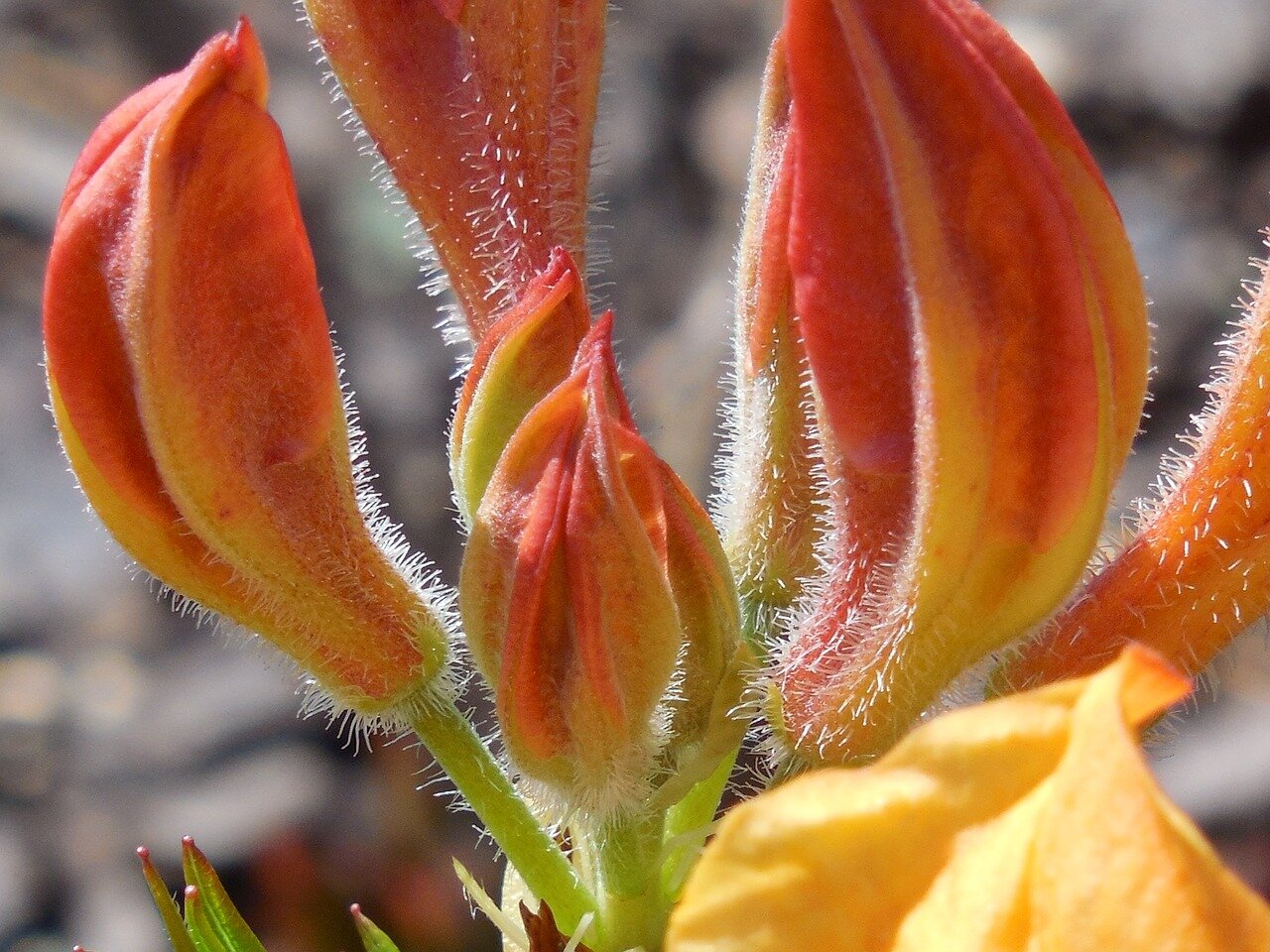One of the top reasons we moved to a country town was to avoid noise, light pollution, and traffic. As the southeast US grows, our car traffic has increased exponentially and my patience with other drivers (too slow, too fast, or too stupid) has shrunk. A “traffic jam” in our current area means we can see four cars at a time. I love the slower pace of life. So, when we left our home to enjoy lunch in a neighboring NC town and saw six cars (gasp!), it meant that our chosen driving route detoured away from the main streets and through an older neighborhood. It was an opportunity to check out home landscaping and scrutinize gardens I would not have otherwise seen. Wonder of all wonders, in the uncultivated ditches of Columbus, NC, a native shrub was putting on her spring show. Mapleleaf Viburnum was in full flower.
Mapleleaf Viburnum is Viburnum acerifolium, pronounced vih-BUR-num a-ser-ih-FOH-lee-um. Other common names include Mapleleaf Arrowwood and Dockmackie. The fuzzy leaves are shaped like maple (Acer) trees. This shade-loving shrub is native to the eastern half of the North America, from Canada all the way down to north Florida. It will spread via suckers to form a thicket. The flat clusters of tiny white flowers will mature into blue-black berries only when another genetically different plant is around for cross pollination. Like PawPaw, the suckers are clones of the mother plant and cannot pollinate themselves.
Bees and other pollinators love the pollen and nectar of Mapleleaf Viburnum, and birds and small mammals enjoy the fruit.
As pretty as the flower clusters are, I think Mapleleaf Viburnum is at its best in fall, when leaves turn pink, rose, red, orange, or purple. This understory show happens in dappled shade, while most other brilliant fall colors are happening in full sun.
Mapleleaf Virburnum will grow to six feet tall and six feet wide. It wants acidic soil and prefers moisture when young but will tolerate drought once established. It is moderately resistant to damage by deer. Plants can be propagated from seeds or stem cuttings.
You won’t find this gem in big box stores or smaller nurseries. Seek it in specialty nurseries or mail order companies as a beautiful choice for woodland gardens, pollinator gardens, native gardens, or hedges. Shrubs are deciduous, so privacy hedges provide less screening in winter than in summer.
A close view of Mapleleaf Viburnum flowers
This plant was growing in a ditch, planted by nature (birds) and not by human hands.


























